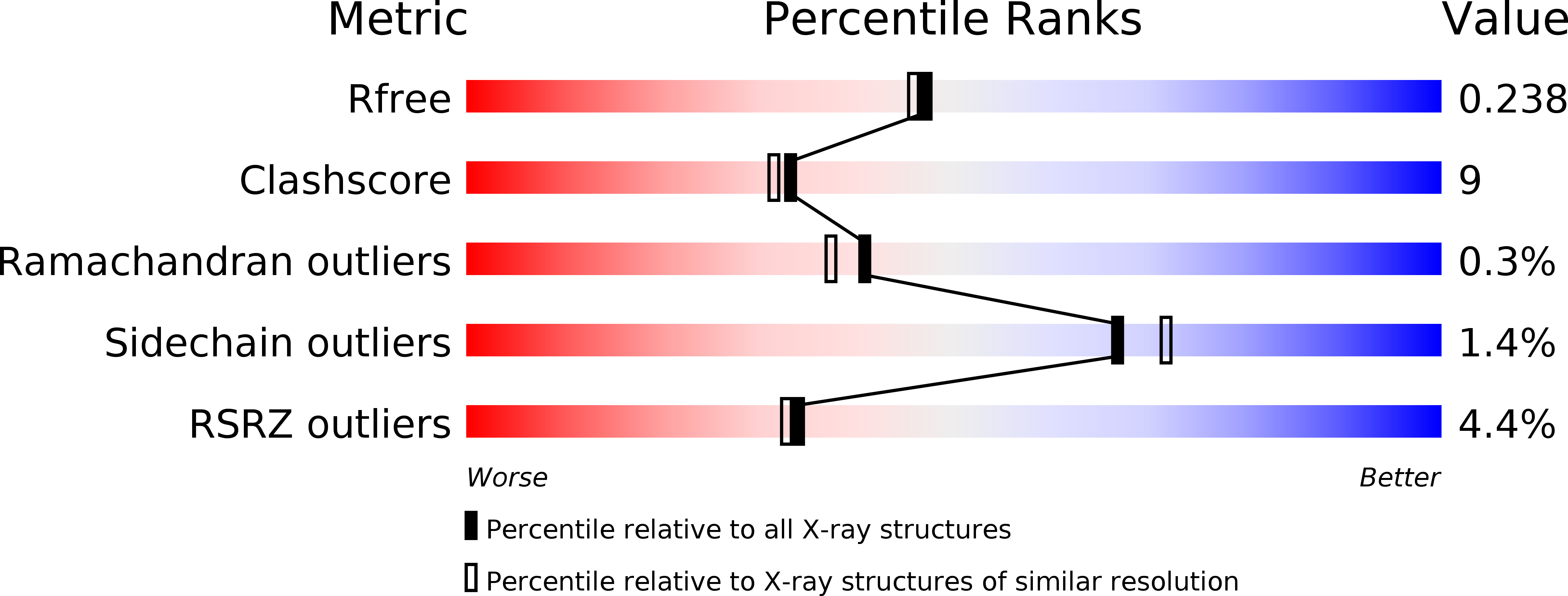
Deposition Date
2009-12-10
Release Date
2010-04-07
Last Version Date
2024-11-27
Method Details:
Experimental Method:
Resolution:
2.00 Å
R-Value Free:
0.24
R-Value Work:
0.18
R-Value Observed:
0.19
Space Group:
C 1 2 1


